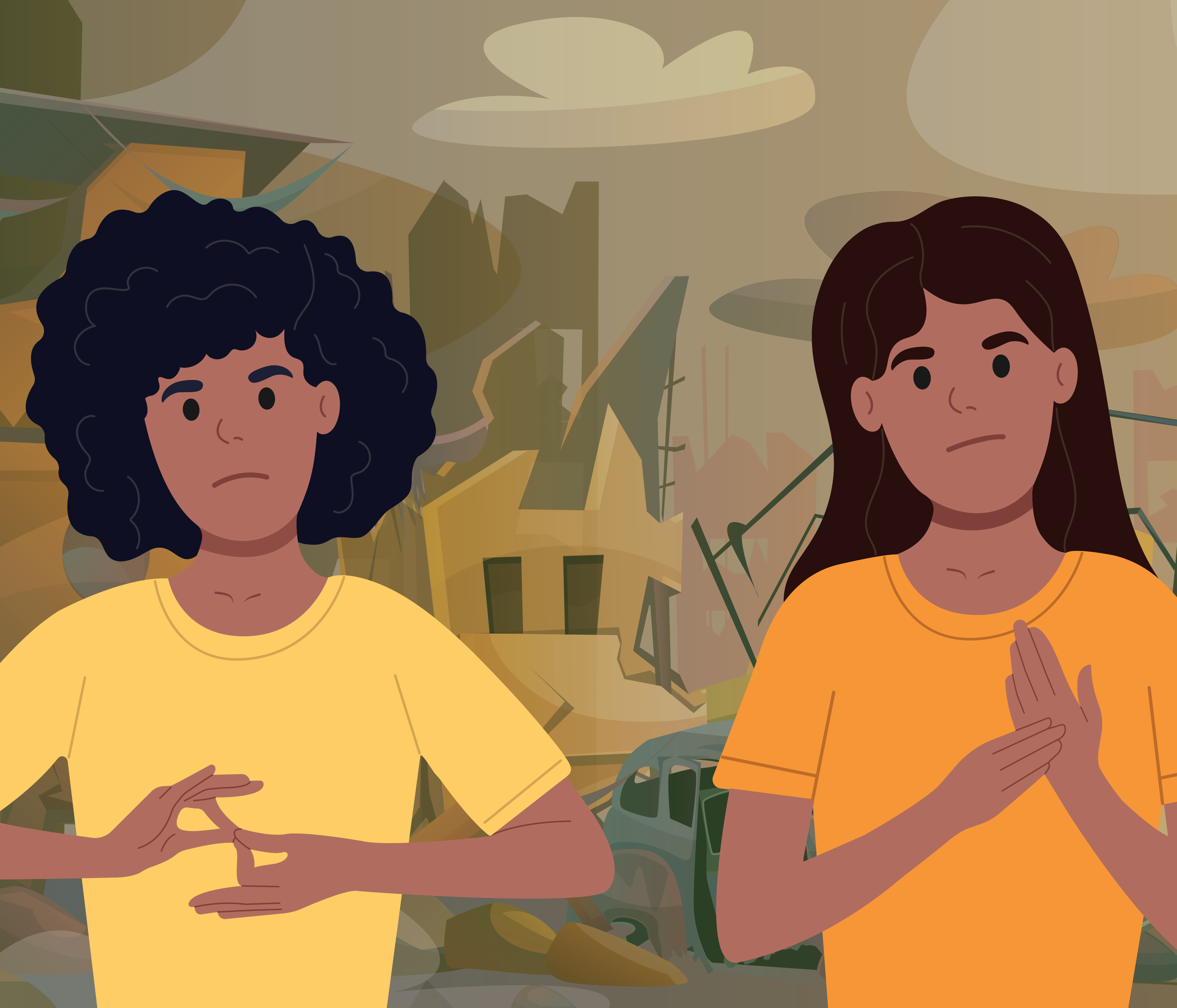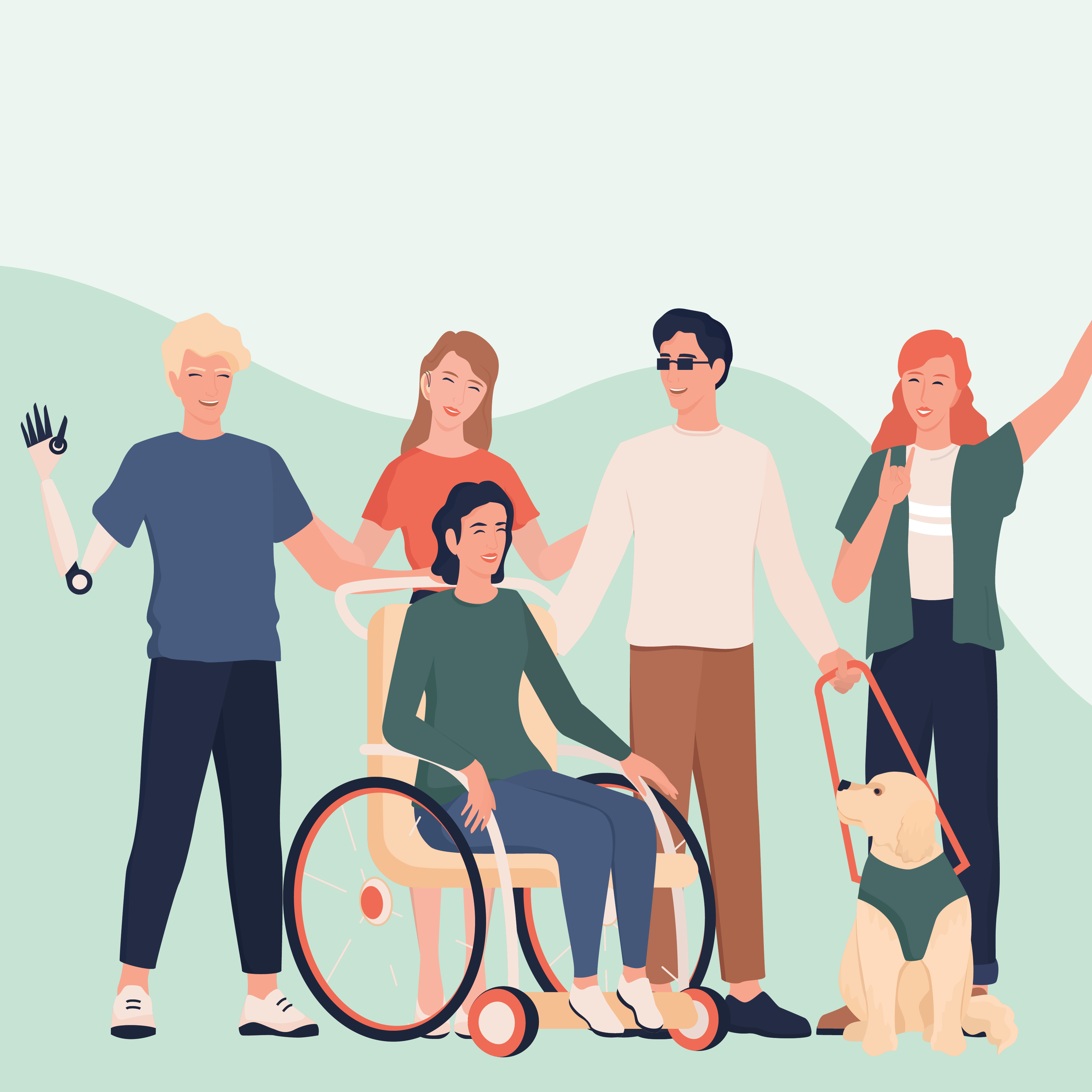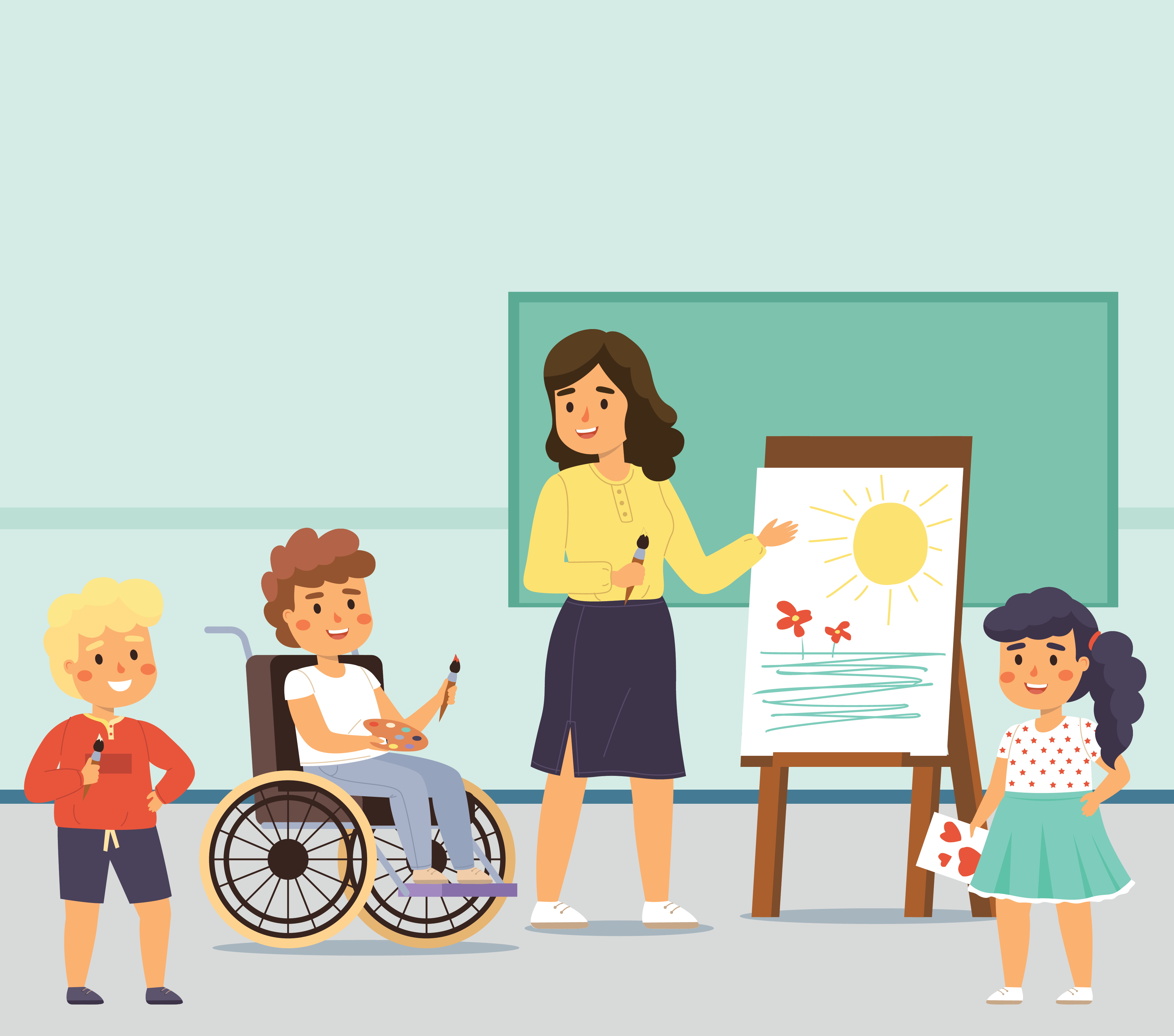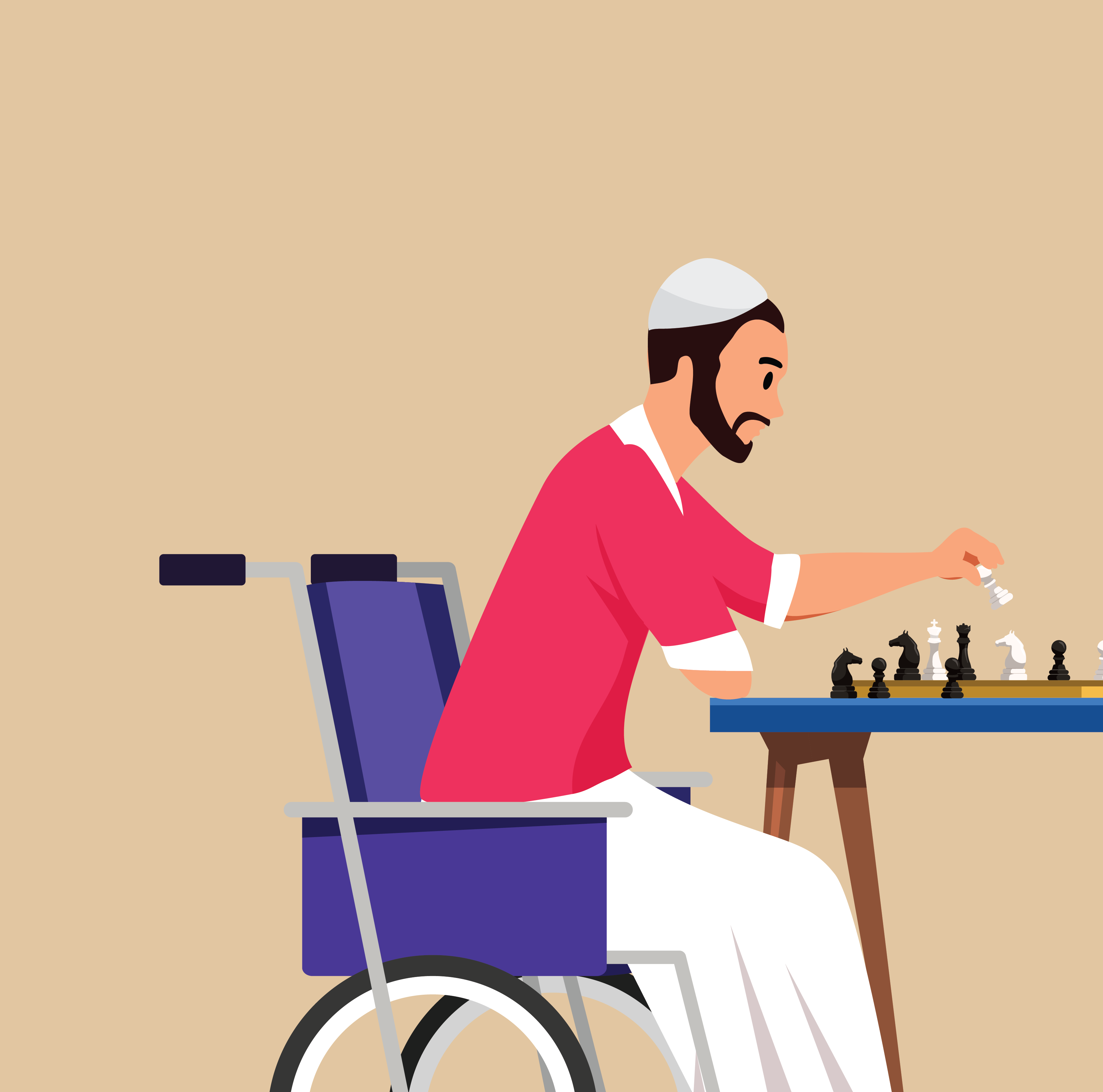
Media Partnerships
Working with the media to reach communities
Introduction
The media play a major role in generating public awareness and momentum for change, influencing how people perceive issues and think about possible courses of action. Our consumption of media influences how we live our lives, what we possess, how we are perceived and our social status.The media model behaviours and reinforce stereotypes and biases that shape individual and social expectations.
The media agenda (what is covered) lies at the intersection of the public agenda (what people think about) and the political agenda (regulatory or legislative actions). This interplay of agendas can be referred to as agenda dynamics. Social priorities largely determine what gets covered. The content is designed for audiences to engage with and find meaning in. One way the media can forward the social agenda is through framing. Framing refers to how an issue is portrayed and how audiences interpret messages. The way news is framed can shape the parameters of public debates by promoting particular definitions of a problem, its causes and what should be done. In health campaigns, the same issue can be presented with a ‘gain frame’ (this is what you gain from quitting smoking) or a ‘loss frame’ (if you smoke, you will die).
The media can forward the political agenda through advocacy. Media advocacy is the process of using the media strategically to advance policy change for important public health and social justice issues. Groups promoting social change persuade the media, through various techniques, to cover their issues.
Media offers a significant opportunity to promote the right of children and young people to participate in the decisions that affect their lives. Media, particularly social media, can facilitate participation and play a vital role in supporting public deliberation, debate and dialogue at scale – essential steps in the non-linear process of promoting Social and Behaviour Change.
Benefits and social/behavioural objectives
Partnering with the media is instrumental to increasing awareness in the short term. In the long term, media can change individual attitudes, perceptions of self-efficacy, behavioural intentions and gender and social norms to increase the adoption of certain behaviours.
Engaging media in the Social and Behaviour Change process has proven to be beneficial in enhancing knowledge, conversations and support around behaviours and their adoption. Objectives of engaging with the media include:
- Enhancing knowledge
- Sparking conversations
- Supporting intention or adoption of behaviours.
Case studies and examples
Using entertainment media to reach the SDGs
- AFRICA: TV shows have produced impressive results, such as increasing willingness to seek and offer help in cases of domestic violence, HIV testing, and safer sex among teenagers. For example:
- SOUTH AFRICA: Soul City
- NIGERIA: MTV’s Shuga
- For more information, check out the Education-Edutainment tool.
- BURKINA FASO: Using engaging content, 152 radio spots helped caregivers recognise symptoms of malaria, diarrhoea and pneumonia and seek prompt and affordable treatment at a health centre. In addition, interactive phone-ins used storytelling to help the community to engage with the content collectively. The results were dramatic. Diagnoses increased by up to 73% in the first year, child mortality decreased by an estimated 9.7% in the first year of the intervention and an estimated 2,967 lives were saved over the 3 years.
- YEMEN: The Arabia Felix mobile games series was developed as a creative outlet for young people in Yemen to engage in the peacebuilding process of their country. One game at a time, the international Arabia Felix team listens to the needs of Yemeni people, to explore how they communicate and what truly engages them in the peacebuilding process of their country and to co-create fun and effective solutions together.
- GLOBAL: Research conducted by the Unstereotype Alliance reveals that brands creating content that showcases diverse representation (race, ethnicity, creed, body size, sexual orientation, gender, ability) in roles that defy traditional stereotypes, are best positioned to strengthen their business performance and meet consumer expectations.
- GLOBAL: Voices of Youth (VOY) is a platform that gives young people a voice on social issues, enhancing their participation in decision-making.
- USA: A US-based RCT found that an internet-based platform with vaccine information and interactive social media components helped improve parents’ vaccine-related attitudes. In addition to interaction with social media, the study found that online and in-person discussions with family and friends contributed to broader public discourse and helped define social norms regarding the importance of vaccination for disease prevention.
Implementation steps and checklist
When engaging media (mass, social and community-based) for Social and Behaviour Change, be prepared to coordinate engagement using different techniques and channels, invest in the co-creation of content and capitalize on what the media sector offers. You should also plan to shift from sharing information to supporting debate and dialogue at scale. The recommendations listed below are quite broad, as each form of media comes with its own specificities.
When engaging media for SBC, you should:
- Focus on engaging mass and social media to spark discussion and debate.
- Establish and support collaboration and co-creation of content, beyond dissemination of PSAs and news coverage.
- Plan to reach and engage large numbers of people in multiple ways through a combination of different media and communication formats and platforms.
- Invest in the development of content producer capacity to support behavioural change, institutionalize policy guidelines, and work towards sustainability. For example, you could commit to reducing stereotypes by:
- depicting people as empowered actors
- refraining from objectifying people
- portraying progressive and multi-dimensional personalities.
- Assess how media engagement can be most strategic in the change process, and coordinate with the enabling environment to support change (e.g., in policies, political agenda, services, etc.). By engaging the media, demand for services should increase. Thus, services need to be ready to respond in order for actual behavioural change to happen.
- Be ready to engage in non-linear processes over the medium or long term, including advocacy for media that covers:
- solutions, not just problems
- common good and collective responsibility, rather than individualism and personal responsibility
- voices and perspectives from community members, beyond those of experts
- dialogue facilitation, collective deliberation and social acceptance.
- Prioritize storytelling, an effective tool to influence behaviour change. Behavioural experts should work closely with expert storytellers for the best results.
- Determine your distribution plan at the beginning of the process if you engage in content production.
- Make sure that people without access to mass and social media are not left out.
- Evaluate the impact of media engagement on behaviour change and adapt your plans accordingly.
Measurement
Exposure to media has been shown to be effective for behavioural change, but demonstrating the direct attribution can be particularly challenging. It requires significant resources, tools and time. However, this investment enables you to optimize your engagement strategy.
Changes in knowledge, attitudes and beliefs are important outcomes to measure. Measuring intention or likeliness to change is a key intermediate result, as is measuring the number of people who have explicitly taken the desired action. Ideally, your assessment should assess outcomes at different levels, including the individual, social, and population levels.
Quantitative measurement methodologies such as structural equation modelling, regression analysis and randomized control trials can be applied. You may also choose to use qualitative measurement methodologies such as sentiment analysis, focus groups, rapid assessments and pre- and post-exposure questionnaires.
Partnerships
Looking at the media as partners rather than channels offers great potential for organic support of social and behavioural change. Here are some relevant stakeholders you may consider engaging with for effective social behavioural change:
- Institutions regulating media: These are essential to establishing minimum standards and policies around promoting children’s rights, and protecting society, especially children, from potentially harmful content.
- The advertisement and edutainment industry: This sector engages with people every day, at scale. What they communicate and how they communicate it is key to supporting Social and Behaviour Change.
- Journalists and news producers: They play a big role in shaping the narrative that influences individual and collective behaviours. Therefore partnering with them is essential to activate change. Simple choices in the language or the type of information shared can trigger substantial shifts in individual and social perceptions.
- NGOs and community-based networks: Partnerships with these groups are essential to facilitating access by identifying stories that make community-led solutions visible to content producers and making content accessible to communities with less reliable access to media. They can also be instrumental in sustaining community dialogue triggered by media, through efforts such as viewing clubs.
Key resources
Media advocacy
- Communicating for Change: Making the Case for Health with Media Advocacy
- Getting started with media advocacy
Framing:
Also see the Education-Edutainment Tool

Do - Media Partnerships
Download this article as a PDF
You can download the entire page as a PDF here






